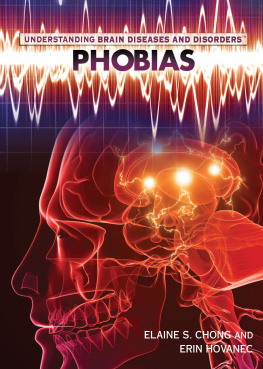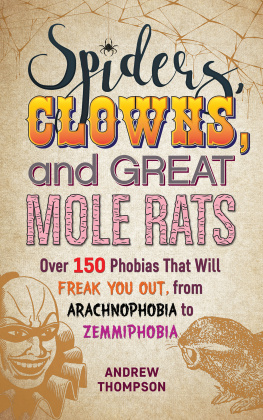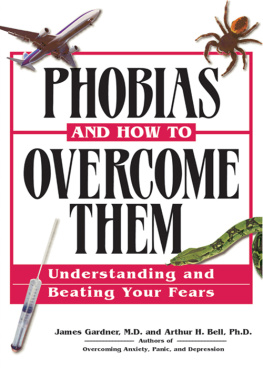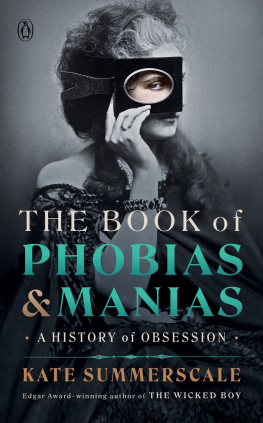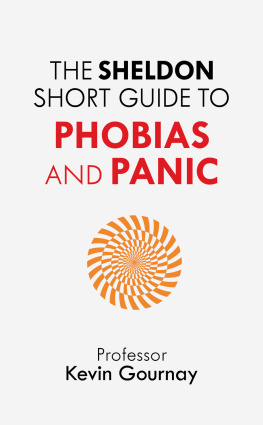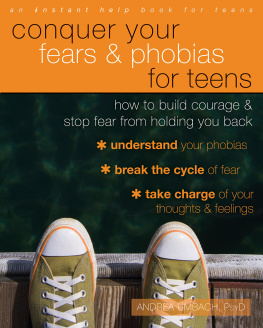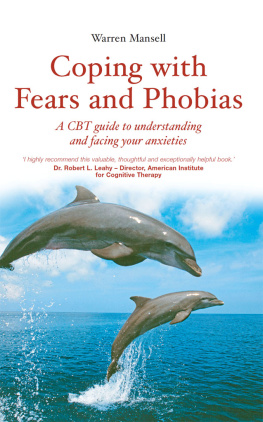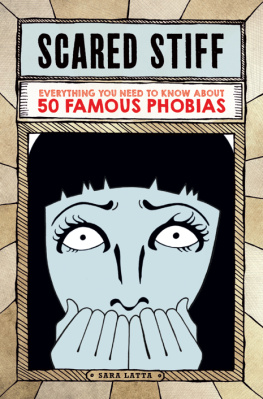Table of Contents
To Skye
Introduction
When I was a very little boy, we had a set of white porcelain candle-holders on the wall over our couch. I dont remember ever having messed with them, but for some reason, my mother decided one day that she should give me a warning about the dangers of fire (even though the candles in them were never actually lit). So she told me to be careful and to never, ever touch them, because they were hot.
Now Im sure that, in her mind, my mother assumed that it was clear to both of us that lit candles was the danger she was warning me about. When she looked at the candles and their holders, flames running down the cotton PJs of her oldest son was probably the image that she was trying to keep from turning into an actual News at eleven event.
But from my way-closer-to-the-floor perspective, her advice led in an entirely different direction. Since she wasnt actually pointing to a lit set of candles, and in fact Id never actually seen those candles lit, I simply took Mommys advice to mean that the white porcelain holders were hotthat they were, in fact, so hot that they would burn me. And so for the longest time, I never let myself touch them. In fact, I can still recall the day when, after sitting in a chair, staring at them, and thinking hard, it occurred to me that those things couldnt possibly be hot. I climbed up on the couch and carefully, with just one little fingertip, reached out and quickly brushed one of themjust to be sure.
They were cool. Eureka! My fears of singed flesh were groundless.
I share this story now, I know, at the risk of sounding like an idiot. But I dont think it was at all idiotic for a very little boy to have accepted his moms warning about a danger at face value. After all, during those same couple of years I accepted all sorts of warnings and explanations from my parents on faiththat sticking my finger into an electric socket would shock me (whatever shocking was), that drinking certain things in bottles under the sink would make me or the puppy sick, or that those two smaller dudes were actually my brothers instead of some tiny strangers or elves who kept stealing my stuff. The existence of Santa ClausI bought it. The tooth fairy, the whole shebangwhatever Mommy said, I believed.
The fact about facts like these is that, for the most part, we humans tend to believe a lot of things about the world that we havent actually seen proof of, crept up on, and touched carefully with our fingertips. We are hard-wired to learn from a very early age to recognize what things, animals, and situations are dangerous. Because while a piece of porcelain on the wall wont hurt, a poisonous snake in the warm, squishy mud of a childs favorite riverbank certainly will. The very large striped kitty hiding in the tall grass certainly will. The strangers who hide behind the trees near your hut certainly will. And so, for tens of thousands of years, the little two-, three-, and four-year-olds who immediately accepted their mommies and daddies stern warnings about dangers that they didnt and couldnt understand survived. Meanwhile, the kids who needed hard proof often didnt.
So I wasnt an idiot, and neither are you. You are, in fact, descended from a thousand generations of the nonidiotsthe toddlers who learned fastest that Dont touch that! was the advice to follow, even if it only looked like a harmless piece of porcelain or an amusing little hissing worm. They survived to have babies of their own, and so the process of selection in the gene pool continued on.
Of course, the downside of this ability to learn to fear innocent things is that we can sometimes become too fearful. In fact, we may start to pile up lists of dangers that seem to threaten us all the time. We become, in a word, phobics.
A phobia is a fearbut not just any fear. Like my fear of the candle-holders, a phobia is a fear of something that is out of proportion to the actual danger. While there may be some real, objective truth to the danger, the actual risk does not match the intensity of our emotional reaction. We are, in short, overreactingand we know it.
If you have a phobia, by definition it means you recognize that your fear is too intense. (If you dont know that, then you may actually have a delusion, which is a totally different and more severe psychological problem.)
In this book, we will explore the mysterious world of phobias. Far from being simple or obvious, phobias actually turn out to be both interesting and complex. They may be minor or even amusing things to learn about, but phobias can also disrupt lives and trigger severe psychological and even medical problems.
How This Book Is Organized
The Complete Idiots Guide to Phobias is divided into three sections:
Part 1, Phobias 101, explores the science of phobias. Well explore the long history of phobias, talk about how they are defined, discuss how common they are, and learn how they can affect your life. Then well discuss the cause of phobias and end with a state-of-the-art summary of the best ways to control or eliminate the phobias that get into your head.
Part 2, Specific or Simple Phobias, is a listing of the kinds of things most people think of when they use the term phobia. Specific phobias involve a fear of a particular thing. Whether its a fear of a certain kind of animal (such as a cat), a natural event (such as lightning), or a situation (such as public speaking), youll probably find your favorites in these chapters.
Part 3, When Phobias Get Serious, discusses three kinds of phobia problems: agoraphobia, social phobias, and phobias in children. Not all phobias are focused on simple, specific objects or situations. There are several types of phobias that affect millions of people that are more complex.
Youll also find two helpful appendixes. If you only know the phobia by its technical name, or if you dont know where the discussion of clown phobia is located, check out Appendix A, an index of phobias. Appendix B is a list of resources for further information or for assistance in understanding or managing phobias.
Extras
Supplementing the main text of The Complete Idiots Guide to Phobias are four kinds of extras that will give you additional information or insight into our topics. These are:
definition
Short explanations of terms used in the book that may be unfamiliar to you.
Phobia Science
Cool facts or additional points about phobias, often from the world of psychological or medical research.
Real Danger!
Truly dangerous situations or warnings to know about when navigating the phobia world.
Try This!
Handy ideas, suggestions, or things to try that will help you cope with phobic anxieties.
How to Use This Book
When planning this book, the thing that most impressed me was that the people I talked to seemed to have two very different attitudes about phobias. On the one hand, everyone recognized that phobias are a serious topic and that phobias can be painful psychological problems.


